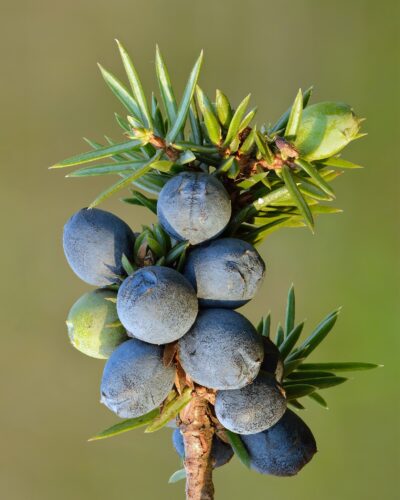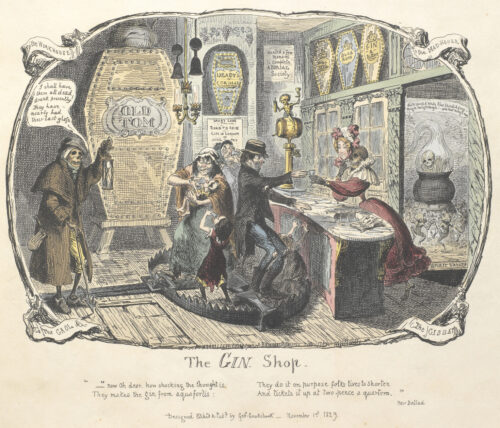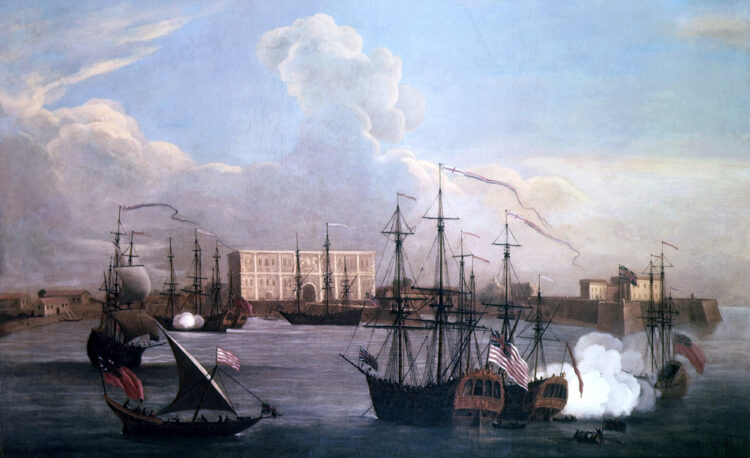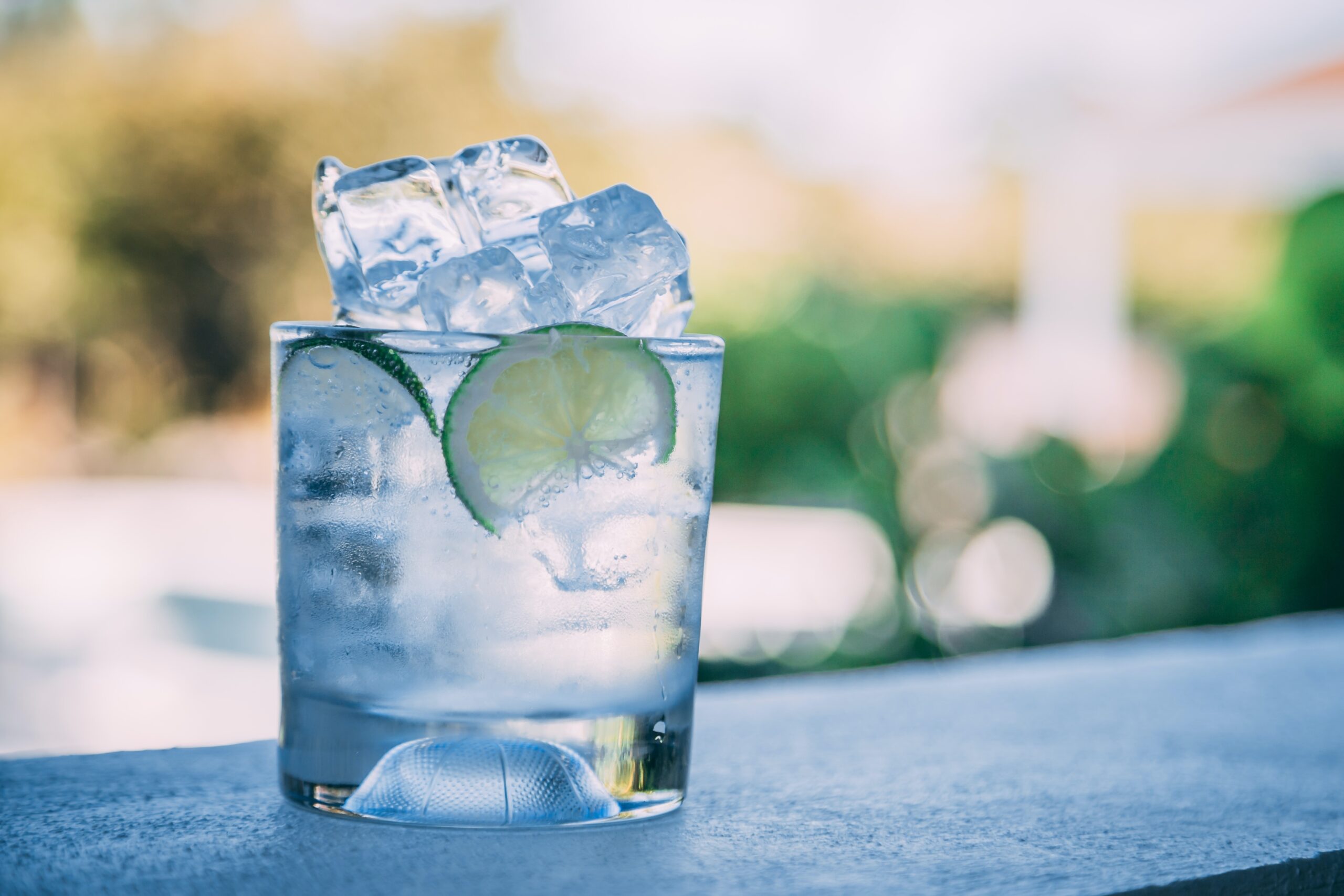Photo by Vlad Tchompalov.
Bond ordered a double gin and tonic and one whole green lime. When the drink came, he cut the lime in half, dropped the two squeezed halves into the long glass, almost filled the glass with ice cubes and then poured in the tonic. He took the drink out on to the balcony and sat and looked out across the spectacular view.” — Ian Fleming. Dr. No (1958).
The gin and tonic cocktail is a classic drink that has a very interesting history. It originated in the 19th century, when British soldiers and officials of the East India Company were stationed in India and other parts of the British Empire where malaria was prevalent. To prevent the disease, they were given a daily ration of quinine powder, a bitter substance extracted from the bark of the cinchona tree, which had antimalarial properties. However, quinine was very unpleasant to consume, so the soldiers and officials mixed it with water, sugar, lime, and gin, creating a more palatable drink. Today, tonic water has much less quinine than before and is often sweetened and flavored with citrus. Tonic water still has a distinctive bitter taste.

The cinchona tree is a plant that grows in the Andes mountains of Peru, where it has been used for centuries by the local people to treat fevers and other ailments. The bark of the tree contains quinine, a chemical compound that has anti-malarial properties. Malaria is a serious and sometimes fatal disease that is caused by parasites transmitted by mosquitoes. It affects millions of people around the world, especially in tropical and subtropical regions.
In 1820, two French chemists, Pierre Joseph Pelletier and Joseph Bienaimé Caventou, isolated quinine from the cinchona bark and identified its chemical structure. This was a major breakthrough in the history of medicine, as it allowed for the development of synthetic drugs and vaccines against malaria. Before the discovery of quinine, the only way to obtain the medicine was to use the bark itself, which was scarce and expensive. The bark was first brought to Europe by Jesuit missionaries who learned about its use from the indigenous people of Peru. They introduced it to Spain in 1636, where it was known as Jesuit’s bark or Peruvian bark. It soon became a popular remedy for malaria and other diseases among the European nobility and royalty.

Gin also has medicinal origins. Gin is a distilled alcoholic liquor that derives its flavor from juniper berries and other botanical ingredients. A juniper berry is not a true berry but is actually the female seed cone produced by the various species of junipers. Gin originated as a medicinal liquor made by monks and alchemists across Europe, who infused wine with juniper and other herbs. The modern gin was then modified in Flanders and the Netherlands, where it was distilled from grains and grapes to produce a clear spirit called aqua vita or jenever.
Gin became popular in England after the Dutch introduced it as a medicine during the 17th century, especially after the Glorious Revolution of 1688 brought William of Orange to the throne and imposed import restrictions on French brandy. Gin was cheap and widely available, but also caused social problems due to excessive consumption and poor quality.

In the 18th century, the British government tried to regulate gin production and consumption, but also encouraged the development of higher-quality gins that were flavored with various botanicals besides juniper. These gins, known as dry gins, were characterized by a distinct botanical flavor and aroma, and became the basis for many classic cocktails.
Today, gin is produced in different ways from a wide range of herbal ingredients, giving rise to a number of distinct styles and brands. Gin is commonly consumed mixed with tonic water, but also used as a base spirit for flavored liqueurs and other drinks.
The first known reference to gin and tonic as a bar cocktail is in the Anglo-Indian Oriental Sporting Magazine in 1868, a decade after the first patented quinine tonic water. The gin and tonic became popular among the British elite and later spread to other parts of the world. It became a symbol of British sophistication and elegance. Winston Churchill once declared, “The gin and tonic has saved more Englishmen’s lives, and minds, than all the doctors in the Empire.”

The gin and tonic was one of American author and adventurer Ernest Hemingway’s favorite drinks. He reportedly drank it often in his travels, especially in Africa and Cuba. Hemingway’s love for the gin and tonic was not only a matter of taste, but also a reflection of his personality and style. He preferred simple and straightforward things, whether it was his writing, his clothing, or his drinks. He also liked to challenge himself and others, and the gin and tonic was a strong and bitter drink that not everyone could enjoy. Hemingway once said that he drank to make other people more interesting, but perhaps he also drank to make himself more interesting as well.
Today, the gin and tonic is usually served with ice and a slice or wedge of lime, but some variations use other fruits, herbs, or spices as garnish. The ratio of gin to tonic varies according to taste, strength of the gin, and other mixers being added. The gin and tonic is a refreshing and versatile drink that has a rich and intriguing history.
Classic Gin and Tonic
A classic gin and tonic is a simple and refreshing drink that can be enjoyed any time of the year. The key to making the best gin and tonic is to use high-quality ingredients and balance the bitterness of the tonic with the aromatics of the gin. Here are some tips for choosing the right gin and tonic for your taste:
Gin: Choose a mid- to high-shelf gin that suits your preference. A classic London dry gin (such as Beefeater Gin™) will have a straightforward flavor, while a Plymouth Gin™ will be a bit more citrus forward. If you like a more complex gin, try Bombay Sapphire™, a brand of London dry gin.
Tonic: Use fresh tonic water from small, single-serving bottles to avoid losing fizz. Schweppes™ is a popular brand, but you can also try Fever Tree™ or Q Mixers™ tonics for more flavor. For a lower-calorie option, use light tonic or dilute regular tonic with some seltzer water or club soda.
Lime: Don’t skip the lime wedge or slice, as it adds a refreshing touch of citrus to the drink. You can also experiment with other seasonal garnishes, such as grapefruit, cucumber, or rosemary.
Ratio: The ideal ratio of gin to tonic depends on your personal taste, but a good starting point is 1 part gin to 2 parts tonic. You can adjust this according to how strong or light you want your drink to be.
To make a classic gin and tonic, fill a highball glass with ice cubes, pour the gin over the ice, top with tonic water, and gently stir. Garnish with a lime wedge or slice.
The gin and tonic cocktail is a classic drink that combines simplicity and elegance. It requires only two ingredients, gin and tonic water, and can be easily prepared in minutes. It is a refreshing and crisp beverage that suits any occasion, especially warm days.

*The views and opinions expressed on this website are solely those of the original authors and contributors. These views and opinions do not necessarily represent those of Spotter Up Magazine, the administrative staff, and/or any/all contributors to this site.

